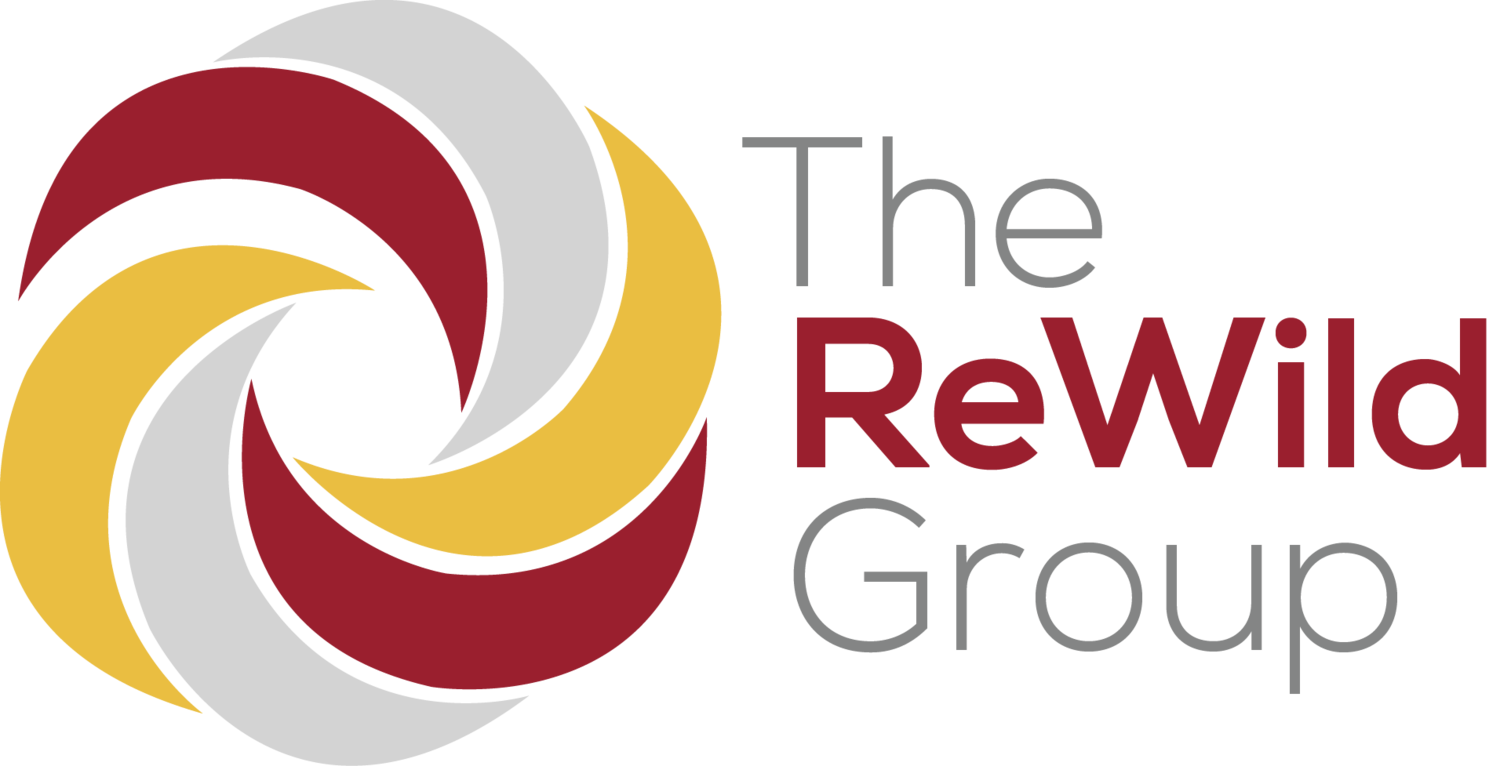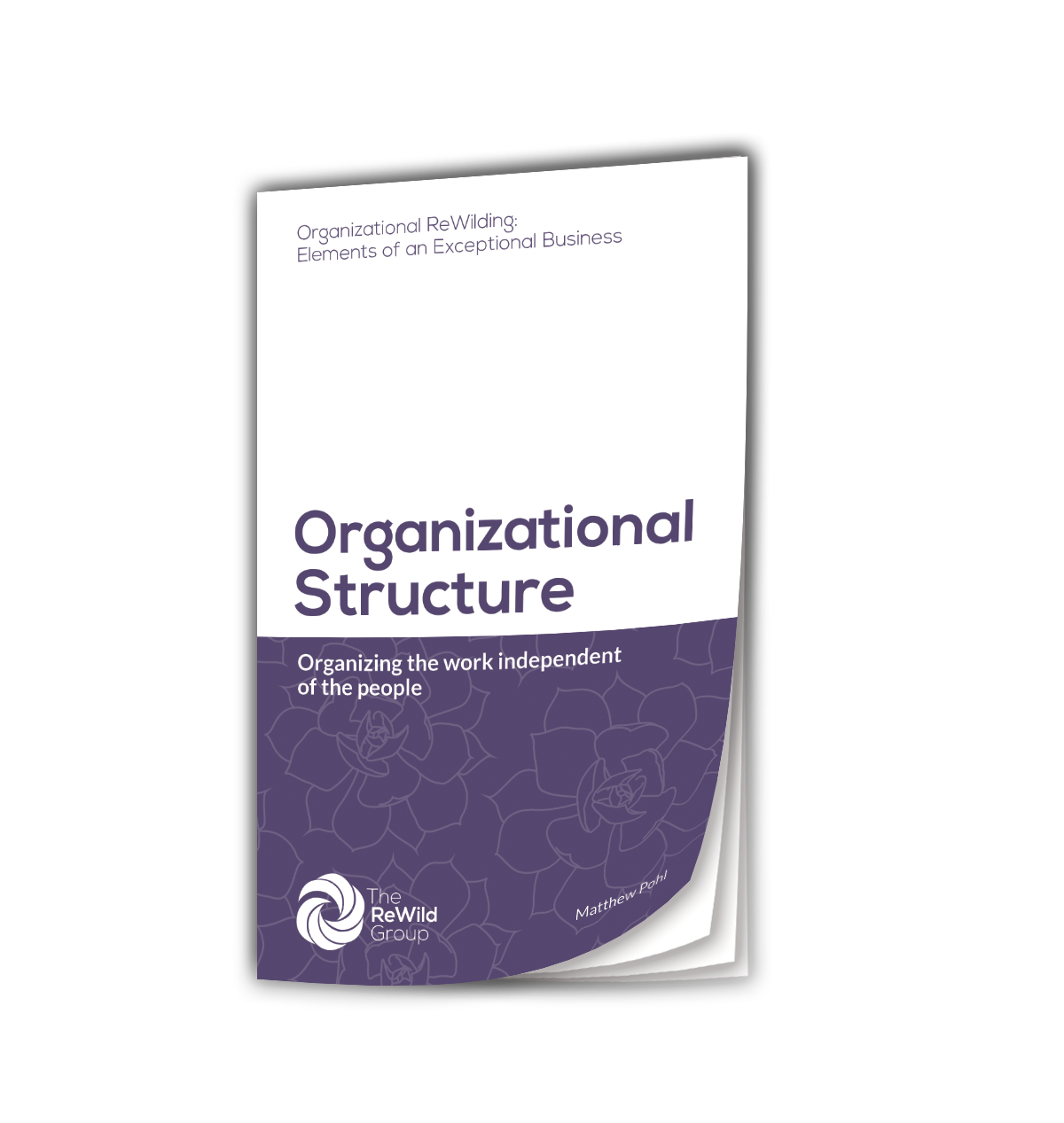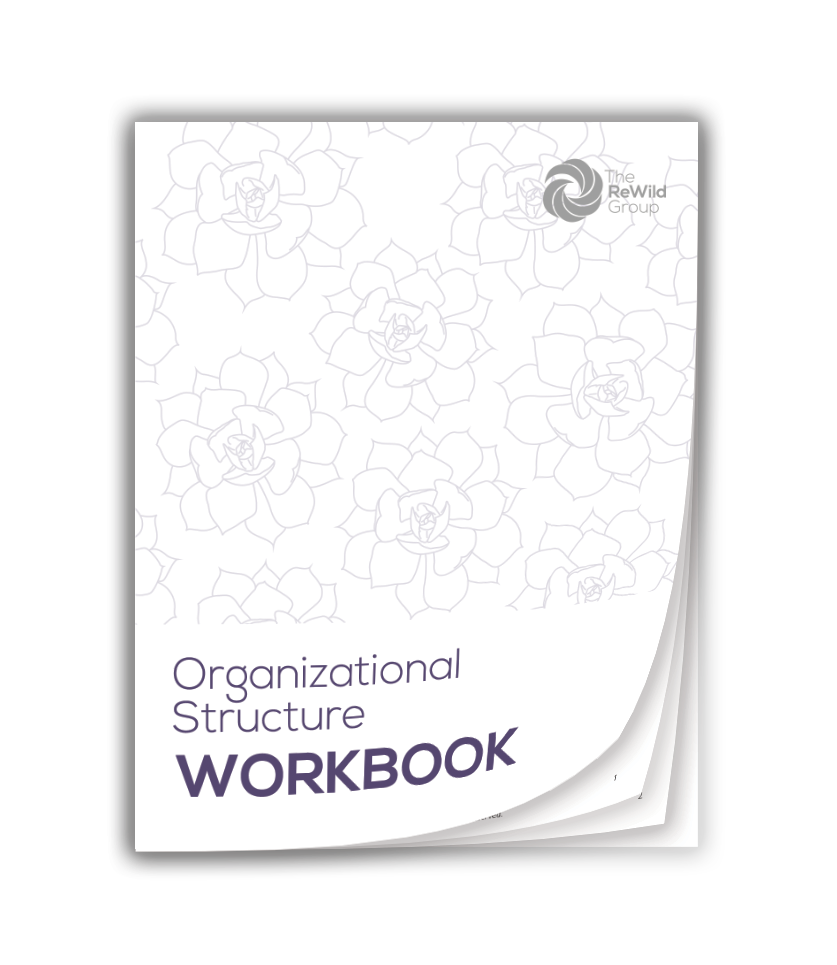Organizational Structure is a transformative framework that accomplishes two things: it organizes the work being done as well as the formal relationships within an organization required to get the work done. Organizational Structure brings order to the work, independent of people, allowing for the creation of a resilient, long-lasting organization that can withstand changes in staff and growth. Practical application questions help you apply the principles to your own business.
Free Workbook Included!
The Organizational Structure Workbook is a free tool that will help you get the most out of the Org Structure book. A link to download the workbook can be found inside the book. The workbook includes space to take notes as well as room to record your responses to the application questions found at the end of each chapter.
Take a Look Inside
Each chapter addresses a topic related to Organizational Structure. The chapter begins with an explanation of the principle that is involved and follows with examples of what it looks like when the principle is applied to a business. At the end of each chapter there is an application section with questions that will help you apply the principle to your business.
“One more great resource from The ReWild Group to support small/medium size businesses that don’t have big business budgets but need the same business acumen infused into their company.”
An Overview of the Organizational Structure Guidebook
Organizational Structure brings order to the work, independent of people. It allows for the creation of a resilient, long-lasting organization that can withstand changes in staff and future growth. The Functional Org Chart and Position Role Sheet are both powerful tools to bring structure to an organization. Each chapter explores one of the principles in-depth and then illustrates how it looks when applied to Strategy First Marketing, a fictional company. Below is an overview of the major concepts that inform Organizational Structure. For more details, including illustrative examples, get a copy of the book.
Basic Organizational Structure
Structure is fundamental, not only to life but also to the success of human organizations. A company’s structures are not natural forces that simply appear. They are a matter of conscious decision and intentional effort. Organizational Structure is the framework that organizes the work being done as well as the formal relationships within an organization required to get the work done.
Departments—even small ones—are made up of multiple small structures, such as One-to-One Meetings, Processes, and Project Management. The structures within each department serve to make it stronger and more exceptional; in turn, strong departments are the small structures that come together to form an exceptional business. Companies that have consciously embedded common structures throughout have the capacity to endure.
Functional Org Chart
The Functional Org Chart focuses on positions, not people, so no names appear on the chart. This tool helps instill one of the core principles of organizational structure: first organize the work, then organize the people doing the work. Many times, an organization builds its structure around the people who are currently in the company. This results in a fragile enterprise that is weakened each time a person leaves.
At the top of the Functional Org Chart is the Executive Team, which includes the owner or CEO and support staff (if applicable). Just below the Executive Team are the three primary areas of the organization—Business Development, Operations, and Support Services. These are the core functions of a business.
The Functional Org Chart is a starting place for building out the entire organization’s structure. Building an org chart in this way will often lead to identifying more Positions on the chart than there are people in the company. That’s because a single person often fills multiple positions in a small or midsize company.
As you are developing your org chart, it’s important to select meaningful position titles. The following two factors should be considered when selecting titles:
Selecting from universal titles like associate, coordinator, team lead, supervisor, manager, director helps set expectations within the organization and outside of it. Most people are familiar with these titles, and each carries an established level of responsibility.
Adding level modifiers—like junior, senior, or assistant—to a position helps delineate experience and expertise within a common functional position.
Governance
Governance is a collection of time-tested concepts that are important to consider when developing your organization’s structure. Making conscious decisions about how an organization is governed will ensure that the structure being created is enduring.
The four elements of Governance are Chain of Command, Span of Control, Centralization, and Specialization. To have an optimal Organizational Structure, a company must make conscious decisions about the appropriate strategy for each of these elements. Without considering these principles of Governance, it’s easy to make mistakes that negatively affect Organizational Structure and lead to breakdowns and confusion.
Position Role Sheet
The Position Role Sheet is a management tool that organizes the work through Positions, Roles, and Types of Work. It is a fundamental way to accomplish the goal of first organizing the work before organizing the people doing the work. As a building block for departments of all sizes, Position Role Sheets break down the roles and responsibilities of each position within a department.
It’s critical to keep in mind that the Position Role Sheet is intended to organize the work; it is not a job description for a specific person in a department. When designing a Position Role Sheet, consider the work that needs to be accomplished and identify the fundamental roles that are required. Only after all the work has been organized is it time to go back and organize the people doing the work by assigning them to one or more Positions.
The four hierarchical levels of how work is organized are Position, Role, Type of Work, and Task. The Position name is the over-arching description that encompasses all the different parts of the position, down to more granular tasks. Time allocation between the different Roles that make up a Position is a critical part of the Position Role Sheet because it sets expectations between employee and manager.
It is common in a small company or a small department to have more Positions than people. In these cases, simply assign people multiple Position “hats.”
Remember that the Position Role Sheet information is not static—it should be periodically reviewed by the manager and employee. This will allow it to be refined and highlight changes that naturally occur over time. By reviewing the time allocations a few times during the year, a manager and employee can keep on the same page as to where effort is being directed.
Get the Organizational Structure Guidebook today!
Explore the entire Elements Book Series!
Organizational Structure is just one book in our series called Organizational ReWilding: 11 Elements of an Exceptional Business. Each book addresses a fundamental element of what comprises a great company.
The books are divided into four categories: Leadership, Infrastructure, Strategy, and Culture. Each one follows the same format as Organizational Structure, with chapters structured to explain a principle, illustrate what it looks like in practice using a fictional company, and closing with application questions designed to help you apply the principle to your own business. Click below to learn more.






